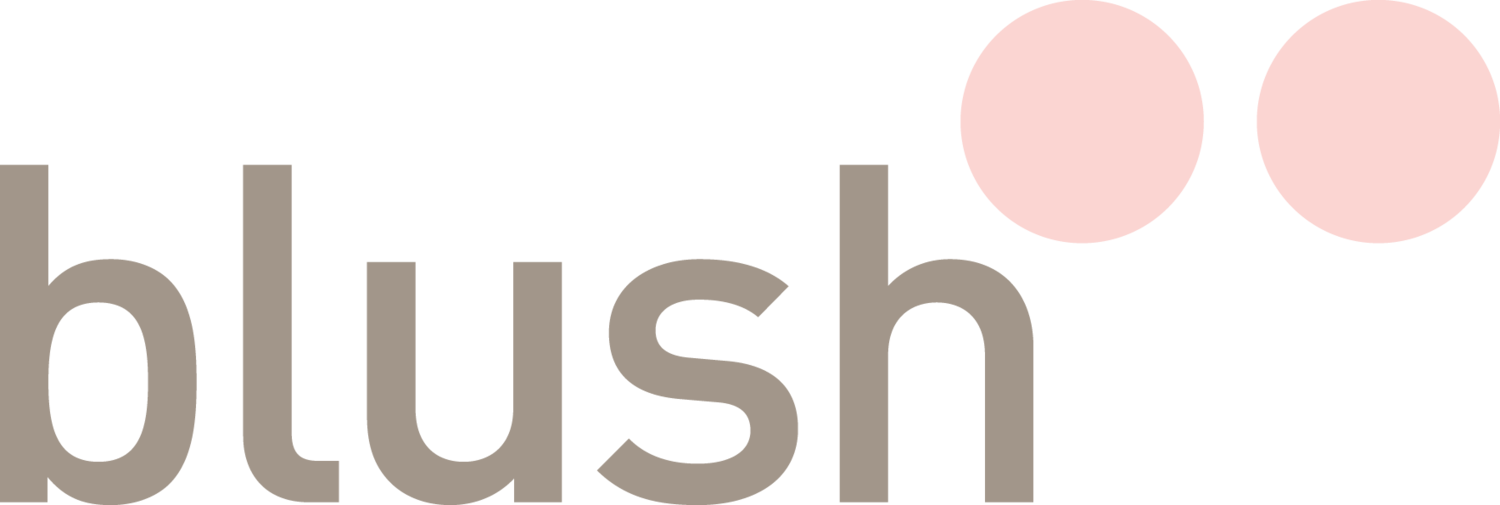Exploring Overlapping Inks to Create Additional Free Colours
Mixing inks and creating unique colour combinations is an integral part of letterpress printing. Today, we explore the magic of overlapping letterpress inks to uncover a world of free colours that push the boundaries of creativity.
Above: Overlapping a red and blue ink creates a free third colour.
Exploring Overlapping Inks
Letterpress printing involves applying ink to a raised surface which is then pressed onto paper resulting in a beautiful, tactile impression. When it comes to achieving a vibrant spectrum of colours, overlapping inks offers a myriad of possibilities. By intentionally layering different ink hues over one another, designers can unlock an additional colours for free!
Creating a Free Colour
The key to achieving a free colour lies in the fundamental principles of colour theory. Overlapping blue and red (see business card example above) can produce a deep purple, while superimposing yellow and blue can generate a refreshing shade of green. Experimentation becomes the guiding force in this process, allowing designers to play with colours.
Understanding Ink Transparency
Above: Yellow, Magenta and Cyan overlapping to create additional free colours.
The transparency of letterpress inks plays a significant role in overlapping colours. Transparent inks allow the underlying ink layers to shine through, blending and creating new shades. Experiments with different levels of transparency can lead to subtle shifts and gradations of colour, adding depth and texture to the final print.
Achieving the Perfect Balance
In the quest for a beautiful free colour, finding the right balance between transparency, ink thickness and the order of layering is crucial. Varying these factors can result in completely distinct outcomes and enable designers to broaden their colour palettes dramatically. Through persistent testing and tweaking, one can ultimately discover an unforeseen range of vibrant shades and captivating contrasts.
Using Adobe Illustrator to preview colours
Above: set the Blending Mode for both layers transparency to Multiply.
We can use software to experiment and preview how combinations will look. To create an example open a new blank document, here we are using Adobe Illustrator, but other software should be able to replicate this example.
Draw two or three shapes with the Shape tool and colour each shape a different colour. Arrange each shape so they all overlap slightly, then set the Blending Mode for all layers to Multiply. This will make each shape work in a similar way to how the overlapping inks will look when printed. It’s not 100% accurate as it’s on screen but it will give a good idea of how the process works and a good indication of how they could look.
Go ahead and change the colours for more combinations. Add more shapes or text and see how many colour combinations you can create.
Pushing the Boundaries of Creativity
Overlapping letterpress inks allows designers to unleash their imagination and push the boundaries of creativity. This technique not only produces visually stunning results but also opens up new avenues for self-expression.
Both designer and printmaker become an alchemist, weaving together different colours and harnessing the exciting nature of overlapping inks to create something truly extraordinary while saving on the budget.


